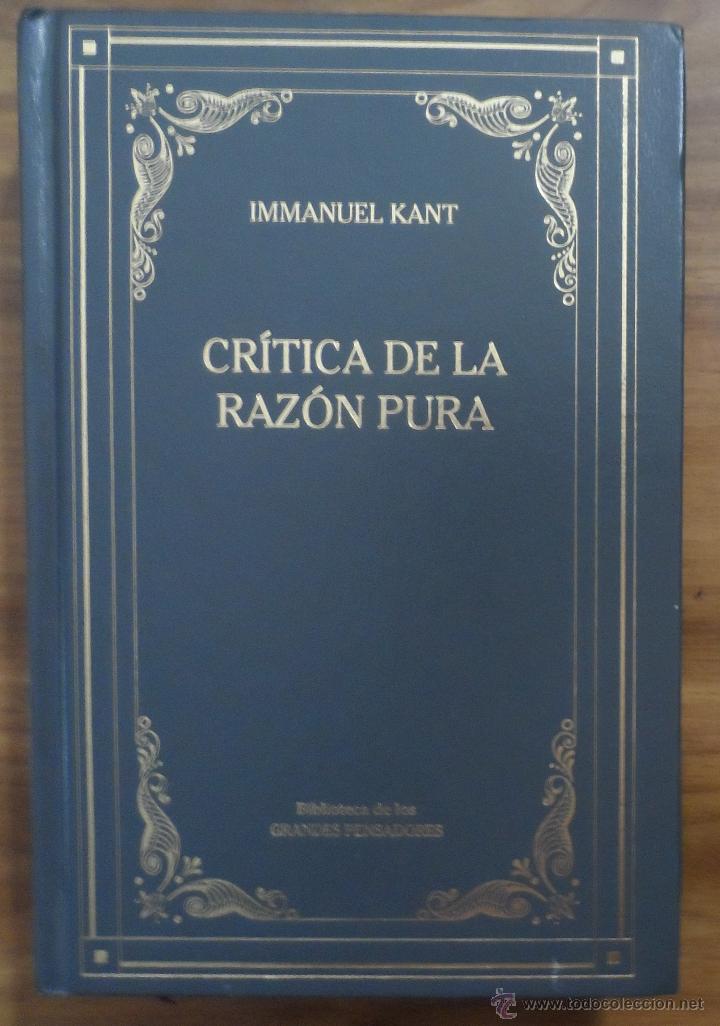

Ian Hodder and Scott Hutson argue that archaeologists must bring to bear a variety of perspectives in the complex and uncertain task of constructing meaning from the past. The third edition of this classic introduction to archaeological theory and method has been fully updated to address the burgeoning of theoretical debate throughout the discipline. Results for reliable dates and provenances provide new foundations for historical interpretations. This paper presents the analytical methods, along with results from two of the 13 objects under investigation.

Both non-invasive techniques have yielded reliable results, and CT scanning has confirmed the reliability of the imaging technique alone. For these reasons, a combined approach was adopted, utilizing CT scanning where possible, but preceded by an ‘exposed-wood’ imaging technique. The majority cannot be sampled, and many are too large to fit into the CT scanner. The source material for the project is a collection of late-medieval winged altarpieces, shrines, polychrome sculpture, and fragments from Norwegian churches, which are owned by the Museum of Cultural History, University of Oslo. Since 2013, this experience has been extended within the scope of the research project ‘After the Black Death: Painting and Polychrome Sculpture in Norway’. ICP–OES results, coupled with a comprehensive, illustrated catalogue of paint tubes, will be instrumental for ongoing scientific investigations of this painter’s body of work.Ī technique for non-invasive dendrochronological analysis of oak was developed for archaeological material, using an industrial CT scanner. This work also lends new insights into the paintings of a renowned female NorwegianĪrtist, whose painting materials have been little studied to date. Schoenfeld & Co., Düsseldorf, currently known as Lukas–Nerchau, whose archives were depleted during the Second World War. Secondly, ICP–OES offers scientific information about different oil colours from the late 19th to the early 20th century by Dr. Firstly, it provides a novel and validated analytical method that can be applied to other painting materials. This accurate elemental characterisation of Backer’s original materials aims to fill several gaps in conservation science, painting conservation, and art technology. Micro-samples from 57 original paint tubes used between 19 by the Norwegian painter, Harriet Backer were studied with inductively coupled plasma–optical emission spectroscopy (ICP–OES).


 0 kommentar(er)
0 kommentar(er)
